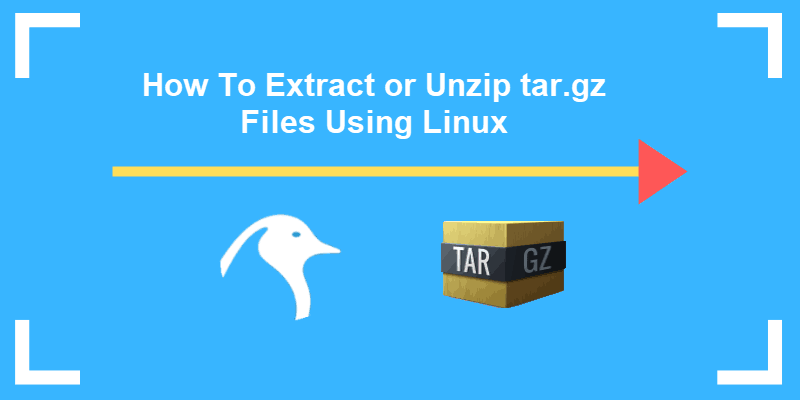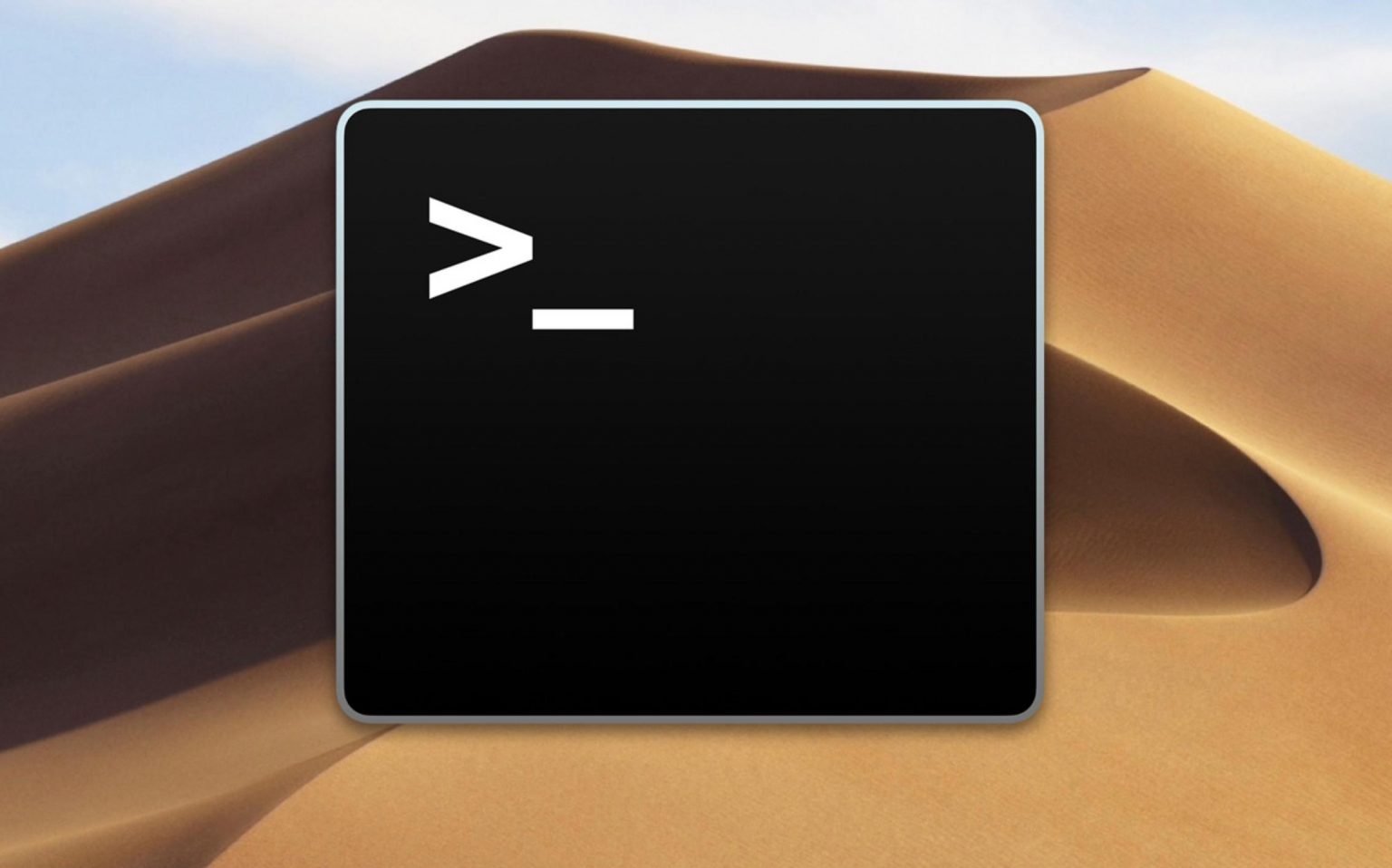

#Windows tar gz unzip windows 10
However, Windows 10 users may also come across these files, which is a reason to have a way to extract its contents.

Typically, tar files are more common with Ubuntu (other Linux distros) and macOS users for data archival and backups. These files are often referred to as “tarballs.” While you can find them with a double extension (.tar.gz), the extension can also be shortened to. tar.gz format is a file that has been created using the Unix-based archival application tar and then compressed using the gzip compression. We want your Feedback!Īre there other developer tools you would like to see added to the command-line? Drop a comment below with your thoughts! In the mean time, go grab Insider Build 17063 and get busy curl’ing an tar’ing to your heart’s desire.A file using. You can call these tools from servercore images as well. This is all resolved with the addition of curl and tar.
#Windows tar gz unzip download
This is clearly not the experience we want our users to have when targeting nanoserver-they’d end up having to download the much larger servercore image. Instead, users would have to rely on using a separate image with PowerShell as the “builder” image to accomplish constructing an image.
#Windows tar gz unzip install
If you’re familiar with writing dockerfiles, you’ll know that it’s common practice to pull in all the packages (node, mongo, etc.) you need and install them. PowerShell is a whopping 56 Mb (given that the total size of the nanoserver image is 200 Mb…that’s quite the savings!) But the consequence of removing PowerShell meant there was no way to pull down a package and unzip it from within the container. PowerShell was one of the components that was put on the chopping block for our nanoserver image. We threw out all components we felt were not mission-critical for the container image. NET core but, in keeping with the minimalism, we’ve tried to slim down the image size as much as possible. On the opposite end of the spectrum is nanoserver, which is built to be lightweight with as minimal a memory footprint as possible. The servercore image is the larger of the two and has support for such things as the full. We offer two base images for our containers: windowsservercore and nanoserver. Instead, we can invoke the tools like so: Background Now that we’re shipping these tools inbox, you no longer need to worry about using a separate container image as the builder when targeting nanoserver-based containers. PowerShell does already offer similar functionality (it has curl and it's own file extraction utilities), but we recognize that there might be instances where PowerShell is not readily available or the user wants to stay in cmd. Now not only will you be able to perform file transfers from the command line, you'll also be able to extract files in formats in addition to. Curl: Another command line tool that allows for transferring of files to and from servers (so you can, say, now download a file from the internet).We're correcting this behavior :) The implementation we're shipping in Windows uses libarchive. Outside of PowerShell or the installation of third party software, there was no way to extract a file from cmd.exe. Tar: A command line tool that allows a user to extract files and create archives.And yes, they're the same tools you've come to know and love! If you're unfamiliar with these tools, here's an overview of what they do: Tar and curl are staples in a developer’s toolbox beginning today, you’ll find these tools are available from the command-line for all SKUs of Windows.


Let's take a look at two impactful ways these tools will make developing on Windows an even better experience. We'd like to give credit to the folks who’ve created and maintain bsdtar and curl-awesome open-source tools used by millions of humans every day. Beginning in Insider Build 17063, we’re introducing two command-line tools to the Windows toolchain: curl and bsdtar.


 0 kommentar(er)
0 kommentar(er)
